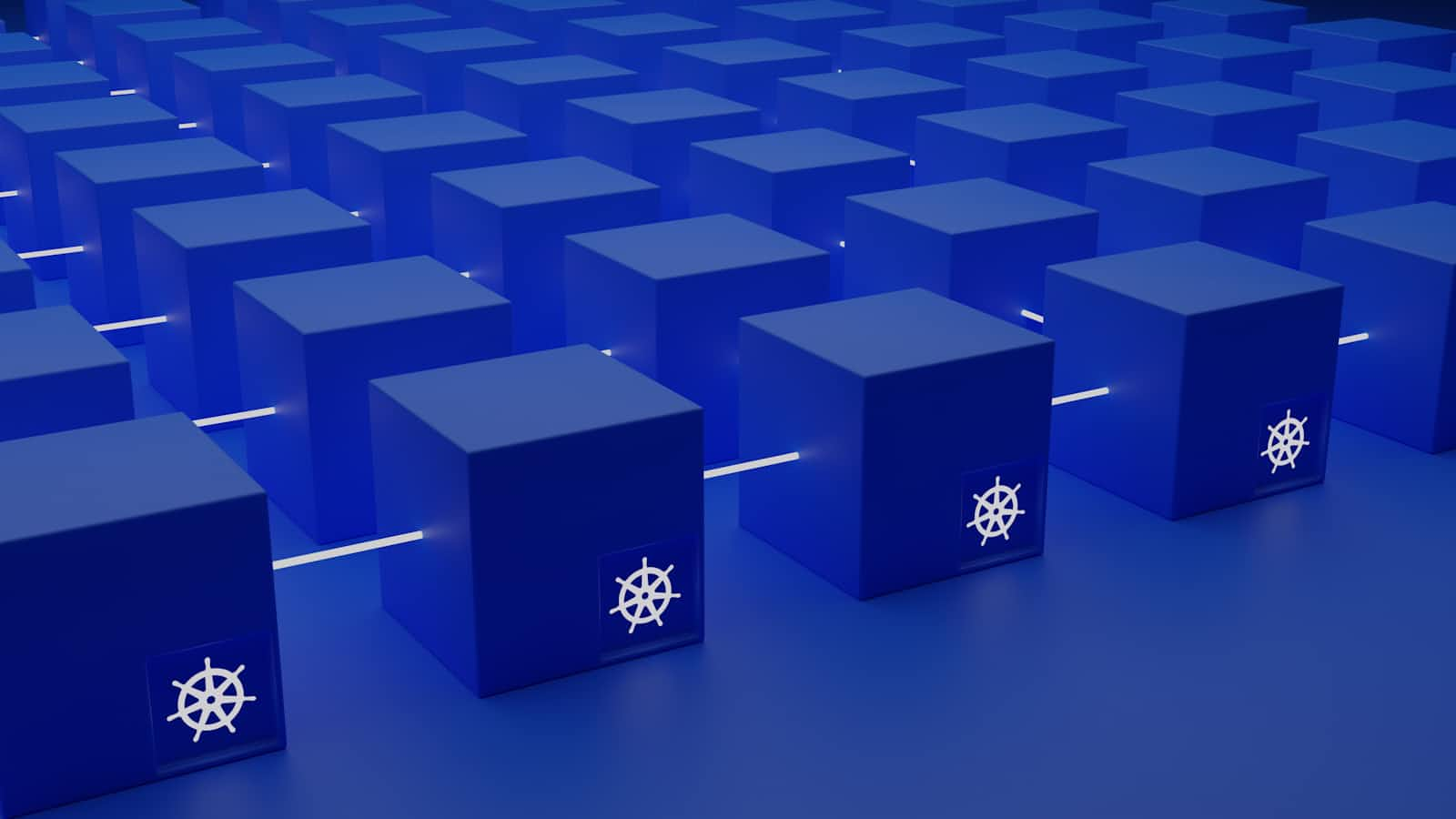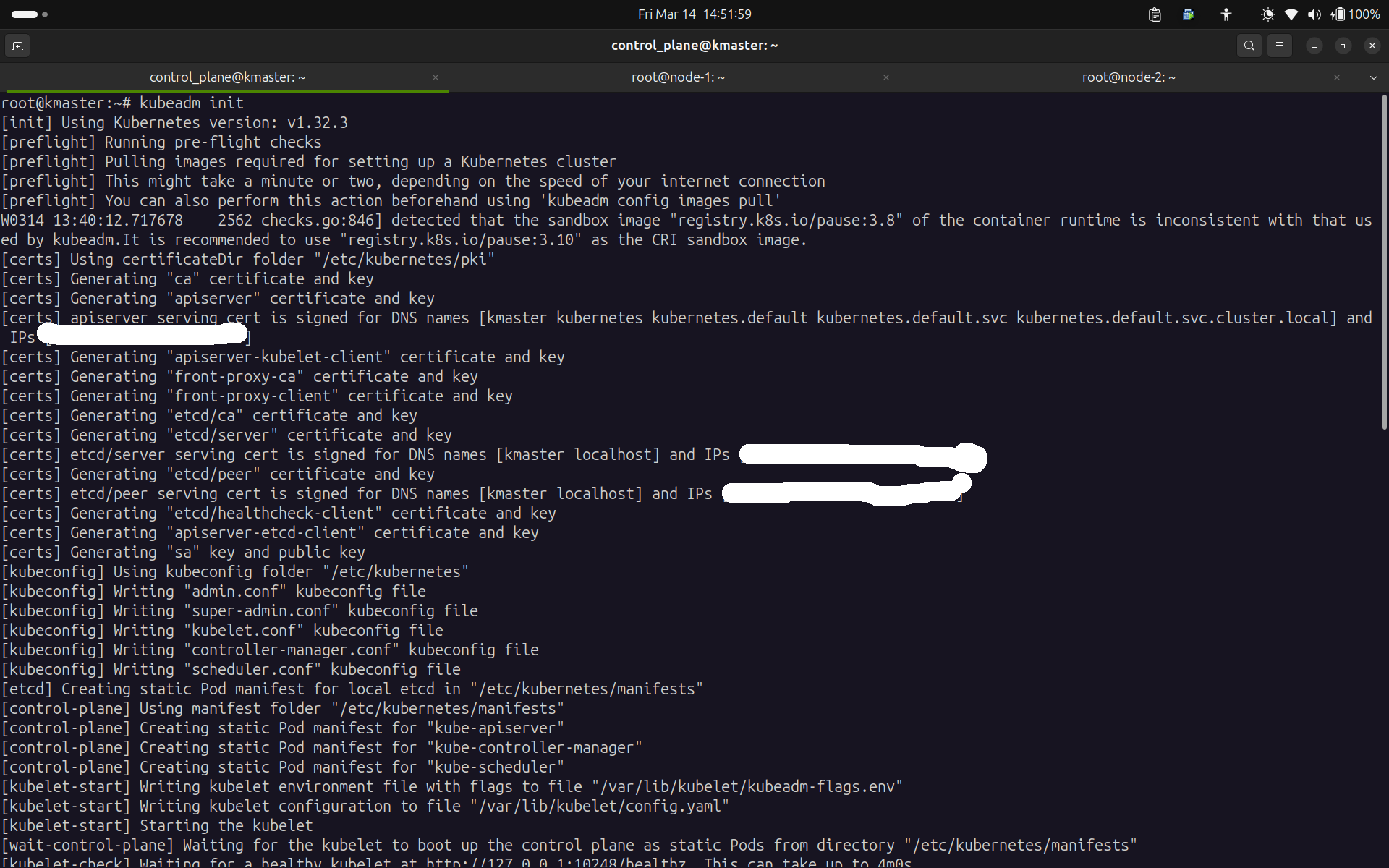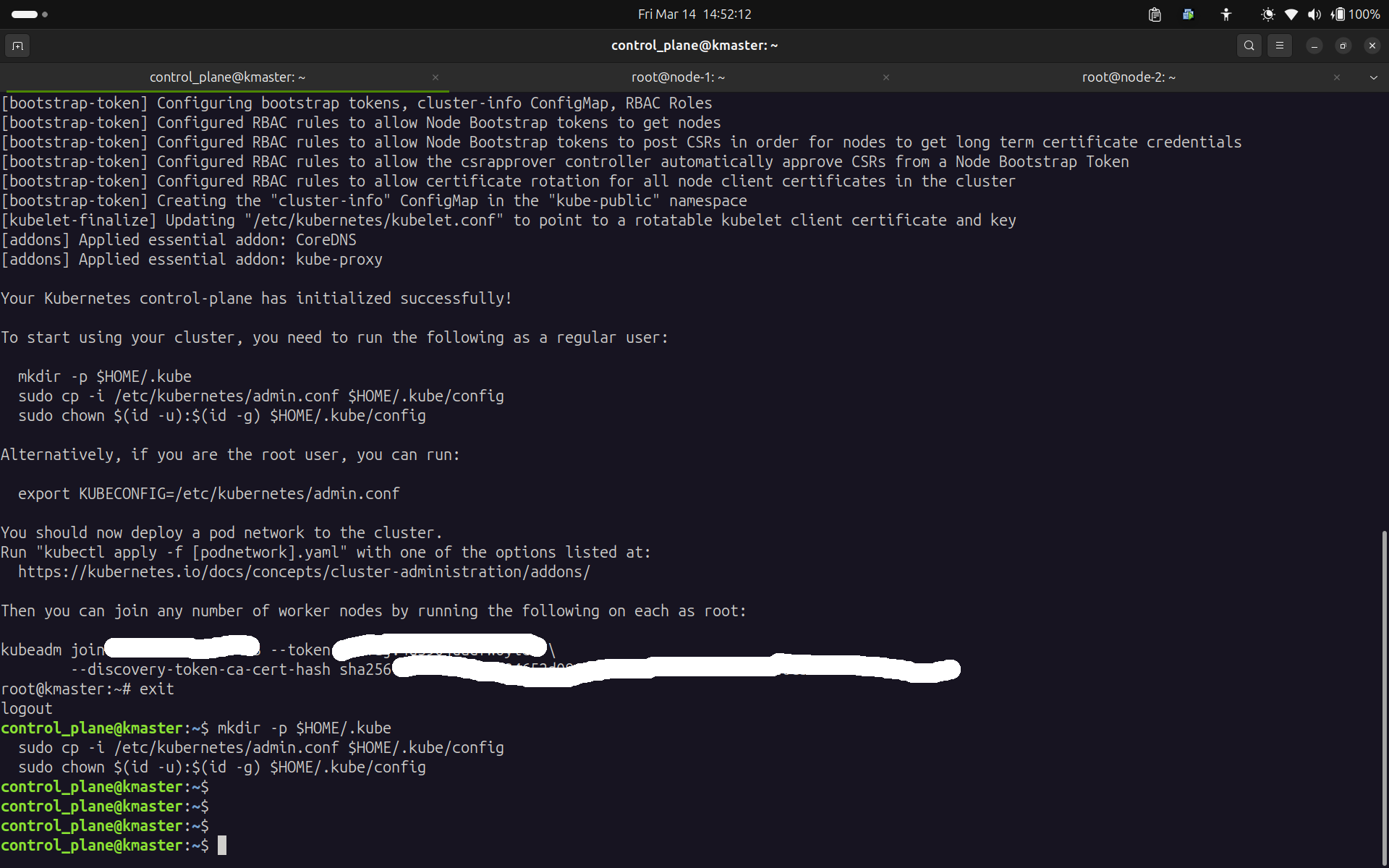Setting Up K8s cluster on your machine
 Rohit
Rohit
FYI: Please check this link for the system requirements for the setup
My personal recommendation would be to use a linux machine with 4 GB of RAM and 2+ cpus for the control plane and 2GB or 4GB of RAM and 1 cpu for the worker nodes.
I am using flannel network for setting up the cluster locally so please follow for below steps:
Disable the swap and comment the line on /etc/fstab please check this for more info
sudo swapoff -a
sudo sed -i '/ swap / s/^/#/' /etc/fstab
Configure containerd (skip this next two code blocks step if you have already installed docker following the official documentation)
sudo apt update
sudo apt install -y containerd
sudo mkdir -p /etc/containerd
containerd config default | sudo tee /etc/containerd/config.toml
Update the config.toml to set systemd as cgroup driver (continue from here if you already have docker and containerd installed)
sudo sed -i 's/SystemdCgroup = false/SystemdCgroup = true/' /etc/containerd/config.toml
Let us configure the network and storage modules on the linux kernel
sudo modprobe overlay
sudo modprobe br_netfilter
To persist on reboot:
cat <<EOF | sudo tee /etc/modules-load.d/k8s.conf
overlay
br_netfilter
EOF
cat <<EOF | sudo tee /etc/sysctl.d/k8s.conf
net.ipv4.ip_forward = 1
EOF
sudo sysctl --system
The above commands are required for enabling the overlayfs (union FS) on the linux kernel for storage and memory sharing for the containers. br_netfilter is required for enabling the networking between pods and across multiple nodes.
Finally run the next two commands
sudo systemctl restart containerd
sudo systemctl enable containerd
Now let us install kubeadm, kubectl and kubelet
sudo apt update -y
sudo apt install -y apt-transport-https ca-certificates curl
curl -fsSL https://packages.cloud.google.com/apt/doc/apt-key.gpg | sudo gpg --dearmor -o /usr/share/keyrings/kubernetes-archive-keyring.gpg
echo "deb [signed-by=/usr/share/keyrings/kubernetes-archive-keyring.gpg] https://apt.kubernetes.io/ kubernetes-xenial main" | sudo tee /etc/apt/sources.list.d/kubernetes.list
sudo apt update -y
sudo apt install -y kubelet kubeadm kubectl
Initailize the cluster with the following commands (read this for using 10.244.0.0/16) and you should see the something similar to the screenshots attached belows
sudo kubeadm init --pod-network-cidr=10.244.0.0/16


Run the commands below to work with k8s using a user account:
mkdir -p $HOME/.kube
sudo cp -i /etc/kubernetes/admin.conf $HOME/.kube/config
sudo chown $(id -u):$(id -g) $HOME/.kube/config
Run the next command to setup the flannel network:
kubectl apply -f https://github.com/flannel-io/flannel/releases/latest/download/kube-flannel.yml
Then execute kubectl get pods -A to get the list of running pods
To add the worker nodes to the control plane execute the following command(this command will be available once kubeadm has initialized successfully check the 2nd screenshot for reference) on all available nodes :
sudo kubeadm join <control-plane-ip>:6443 --token <token> --discovery-token-ca-cert-hash sha256:<hash>
On control plane node run kubectl get nodes to check if the nodes are associated.
Cleanup
For resetting the whole setup execute the below commands on the appropriate nodes
# run this first only on worker nodes then proceed to the next command
kubectl delete node <worker-node-name>
# on control plane and on worker nodes
sudo kubeadm reset -f
Subscribe to my newsletter
Read articles from Rohit directly inside your inbox. Subscribe to the newsletter, and don't miss out.
Written by

Rohit
Rohit
I'm a results-driven professional skilled in both DevOps and Web Development. Here's a snapshot of what I bring to the table: 💻 DevOps Expertise: AWS Certified Solutions Architect Associate: Proficient in deploying and managing applications in the cloud. Automation Enthusiast: Leveraging Python for task automation, enhancing development workflows. 🔧 Tools & Technologies: Ansible, Terraform, Docker, Prometheus, Kubernetes, Linux, Git, Github Actions, EC2, S3, VPC, R53 and other AWS services. 🌐 Web Development: Proficient in HTML, CSS, JavaScript, React, Redux-toolkit, Node.js, Express.js and Tailwind CSS. Specialized in building high-performance websites with Gatsby.js. Let's connect to discuss how my DevOps skills and frontend expertise can contribute to your projects or team. Open to collaboration and always eager to learn! Aside from my work, I've also contributed to open-source projects, like adding a feature for Focalboard Mattermost.